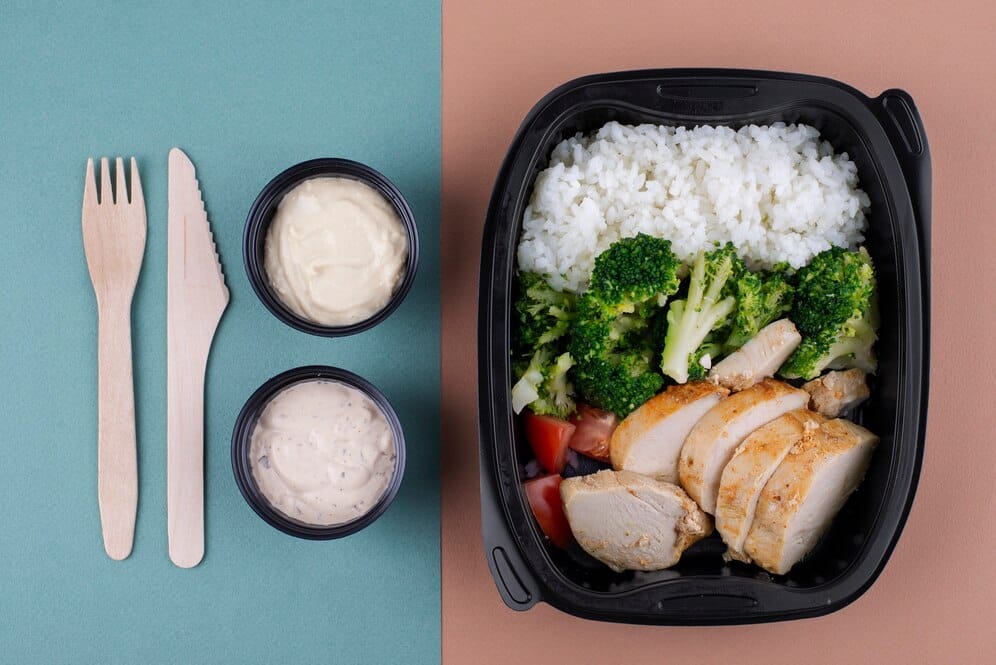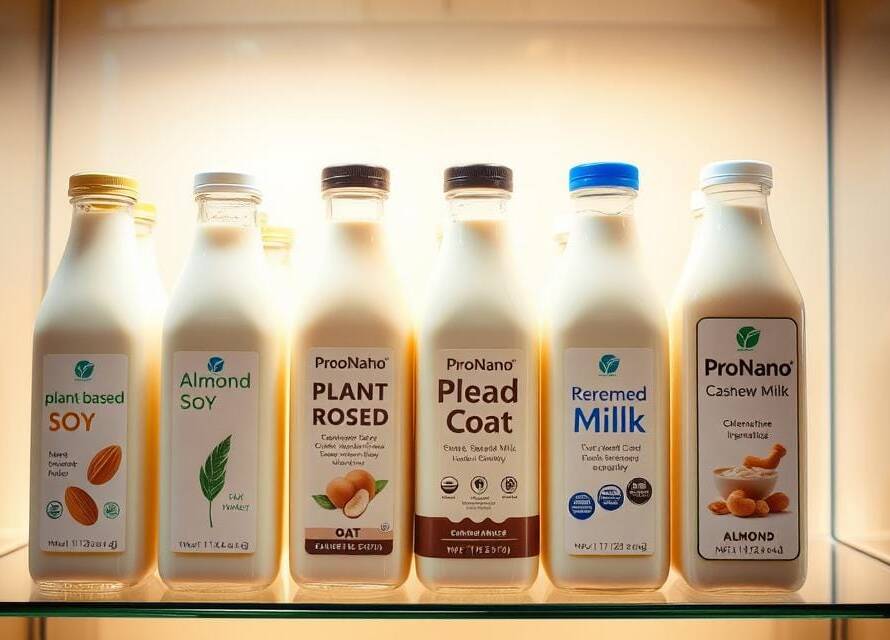
The frozen ready-to-eat industry is a growing sector in the food industry, offering an ideal solution for people looking to save time and effort in preparing food. Thanks to its variety of options, these meals have become a haven for many, especially in the age of speed and busy life.
In this article, we will review all aspects of the frozen ready-to-eat industry, starting with the steps of its manufacture, passing through common examples of it, and ending with challenges and future trends.
The concept of frozen ready-to-eat meals
The frozen ready-to-eat industry refers to the process of preparing complete meals in advance and freezing them to preserve their quality and flavor. These meals aim to meet the needs of consumers who want to eat healthy and fast food at the same time. This type of product relies on modern technologies that ensure the sustainability of taste and nutritional value.
Benefits of frozen ready-to-eat meals
1-Convenience: Frozen ready-to-eat meals provide ease of preparation, as consumers can cook them in a few minutes, making it easy for them to enjoy a delicious meal without having to spend a long time in the kitchen.
2- Preserving Flavor: The freezing process preserves the flavor and quality of the ingredients, meaning that meals stay fresh and enjoyable when cooked.
3- Controlling Ingredients: Consumers can choose meals that suit their dietary needs, such as vegetarian or gluten-free meals.
4- Saving Time: These meals help reduce the time spent cooking, making them an ideal option for people with busy schedules.
How to Make Frozen Ready-to-Eat Meals
Steps to Make Frozen Ready-to-Eat Meals
1- Preparing Ingredients
The frozen ready-to-eat meal industry begins with collecting fresh ingredients. These ingredients should include vegetables, meat, grains, and spices. Choosing high-quality ingredients is essential to ensuring the quality of the final meal.
2- Cooking
Various cooking techniques are used, such as boiling, frying, or grilling, depending on the type of meal to be produced. For example, pasta may be cooked with vegetables to prepare a quick and healthy meal.
3- Rapid Cooling
After cooking, meals must be cooled quickly to avoid bacterial growth. The frozen ready-to-eat meal industry relies on rapid cooling systems to maintain the quality of the meals.
4- Freezing
After the cooling process, the meals are frozen using advanced freezing techniques. Rapid freezing helps preserve the nutritional composition, texture, and flavor, ensuring that the meals are ready for consumption after reheating.
5- Packaging
Meals are packed in suitable containers that prevent air and moisture from entering. Packaging is a vital part of the frozen ready-to-eat industry to ensure that the products remain fresh for a long time.
6- Storage and Shipping
Frozen meals need to be stored at low temperatures. They are shipped to stores or distributors to ensure that they reach consumers in good condition.
Examples of frozen ready-to-eat meals
The frozen ready-to-eat industry includes a wide range of options. Here are some common examples:
1- Frozen Pizza
Frozen pizza is one of the most popular meals. The dough is prepared with the sauce and favorite ingredients, then frozen to be ready for consumption when reheated.
2- Frozen Vegetables
Frozen vegetables are a healthy option, as they preserve vitamins and minerals. Options include peas, carrots, broccoli, and spinach.
3- Frozen Soup
It is available in a variety of flavors, such as tomato soup or chicken soup. The soup is cooked and frozen to be a healthy and quick meal.
4- Ready-to-eat dishes
Ready-to-eat dishes include pasta with meat or rice with vegetables. They are prepared in advance and frozen to be ready to eat.
5- Frozen Desserts
Like ice cream or frozen cakes, they are a delicious option that many people prefer to enjoy.
Challenges of the frozen ready-to-eat industry
The frozen ready-to-eat industry faces several challenges, such as:
1-Intense competition: As demand increases, the number of companies offering these products increases, making competition fierce.
2-Changing consumer preferences: Companies must follow market trends and consumer preferences, such as the demand for healthy or vegetarian options.
3-Effects of climate change: Climate change can affect the cultivation of ingredients, which is reflected in costs and quality.
The future of the frozen ready-to-eat industry
Current trends indicate that the frozen ready-to-eat industry will continue to grow, with a focus on quality and innovation. Demand is expected to increase for:
1-Healthy options: such as protein-rich or gluten-free meals.
2-Sustainable ingredients: used in production processes.
3-Offering a variety of options: to meet the needs of different cultures and tastes.
The importance of the frozen ready-to-eat industry
The frozen ready-to-eat industry is of particular importance in the lives of individuals and families. These meals allow people to enjoy nutritious and delicious meals without having to worry about the time spent cooking. Families with children or people who work long hours can benefit greatly from these options, as frozen ready-to-eat meals save time and effort, which contributes to improving the quality of life.
The impact of technology on the frozen ready-to-eat industry
Technology is one of the major factors that has influenced the frozen ready-to-eat industry. Innovations in cooking and freezing techniques have contributed to improving the quality of products. For example, rapid freezing techniques, such as liquid nitrogen freezing, are used to preserve flavor and nutritional value. Technology also contributes to improving packaging methods, which helps extend the shelf life of products.
The role of frozen ready-to-eat meals in nutrition
The frozen ready-to-eat industry is an opportunity to promote healthy nutrition. By choosing high-quality ingredients and providing healthy options, consumers can enjoy meals that contain high nutritional value. For example, meals can be produced that contain whole grains, lean proteins, and a variety of vegetables, which contributes to meeting everyone’s nutritional needs.
Diversity in frozen ready-to-eat options
The frozen ready-to-eat industry offers a wide variety of options available. These options can include traditional dishes from different cultures, such as Italian, Asian, or Mexican dishes. This diversity allows consumers to choose meals that suit their tastes and dietary preferences, which enhances the appeal of these products.
Consumers and Frozen Ready Meals Industry Trends
Consumers today tend to look for food options that fit their lifestyle, such as fast food that does not sacrifice quality. The frozen ready-meals industry is increasingly moving towards meeting these trends by offering healthy options, free of preservatives, or with natural ingredients. This trend is a positive step towards improving consumers’ health and nutritional awareness.
Environmental Impact of the Frozen Ready Meals Industry
The frozen ready-meals industry poses an environmental challenge, but there are increasing efforts to improve sustainability. By using recyclable packaging materials and adopting sustainable agricultural practices to source ingredients, the industry can reduce its environmental footprint. Modern freezing technologies are also an effective way to reduce food waste, as meals can be preserved for longer periods.
The frozen ready meals industry is a promising field that meets the needs of consumers in a fast-paced and changing world. Understanding how these meals are made, as well as future trends, can help investors and business owners achieve success in this sector. If you are interested in investing in or developing the frozen ready meals industry, ProNano Food Industry Consulting provides specialized consulting to help you achieve your goals. Do not hesitate to contact them for professional support to help you enter this lucrative market.
Read more about establishing a food factory in Turkey



